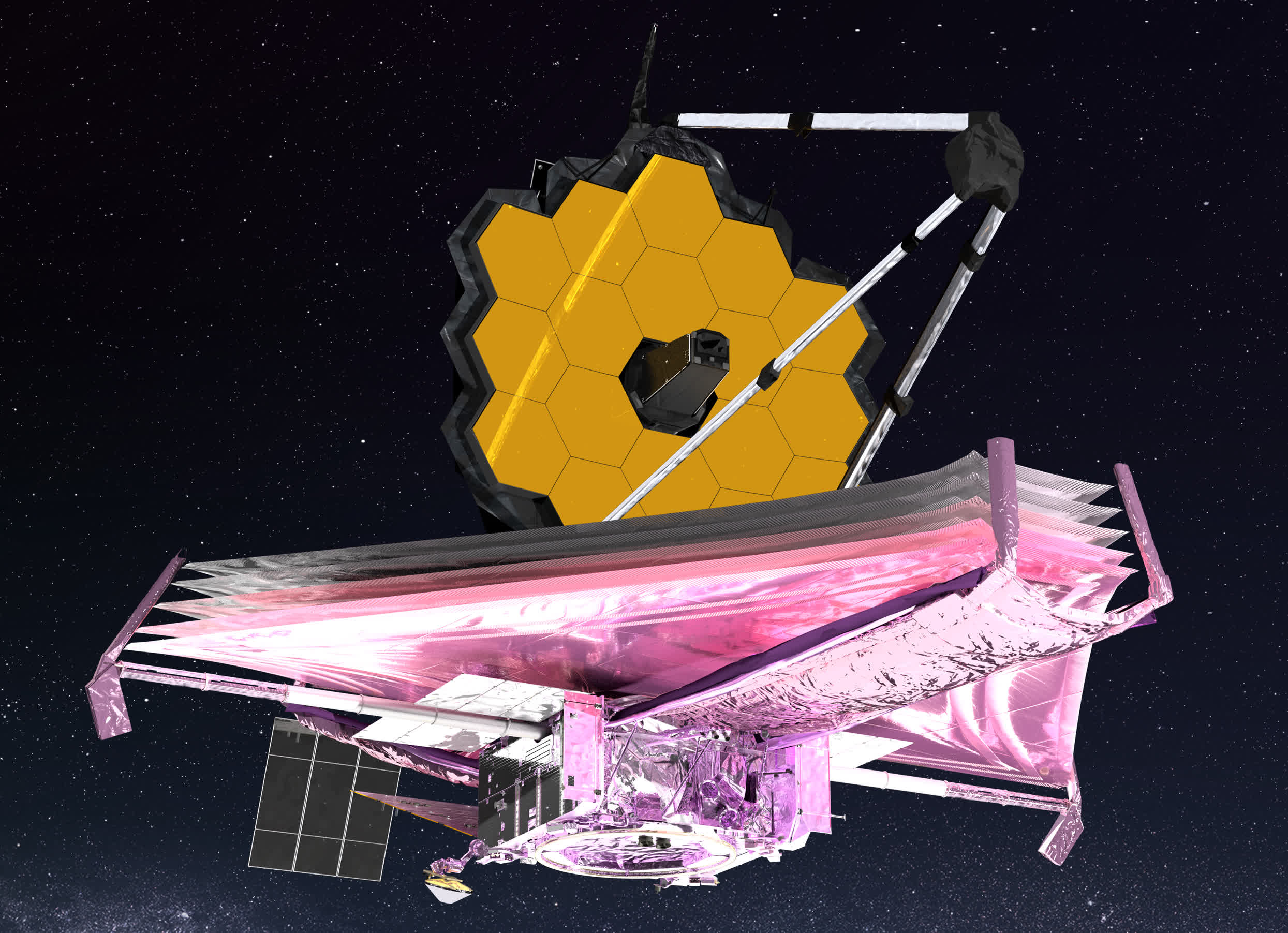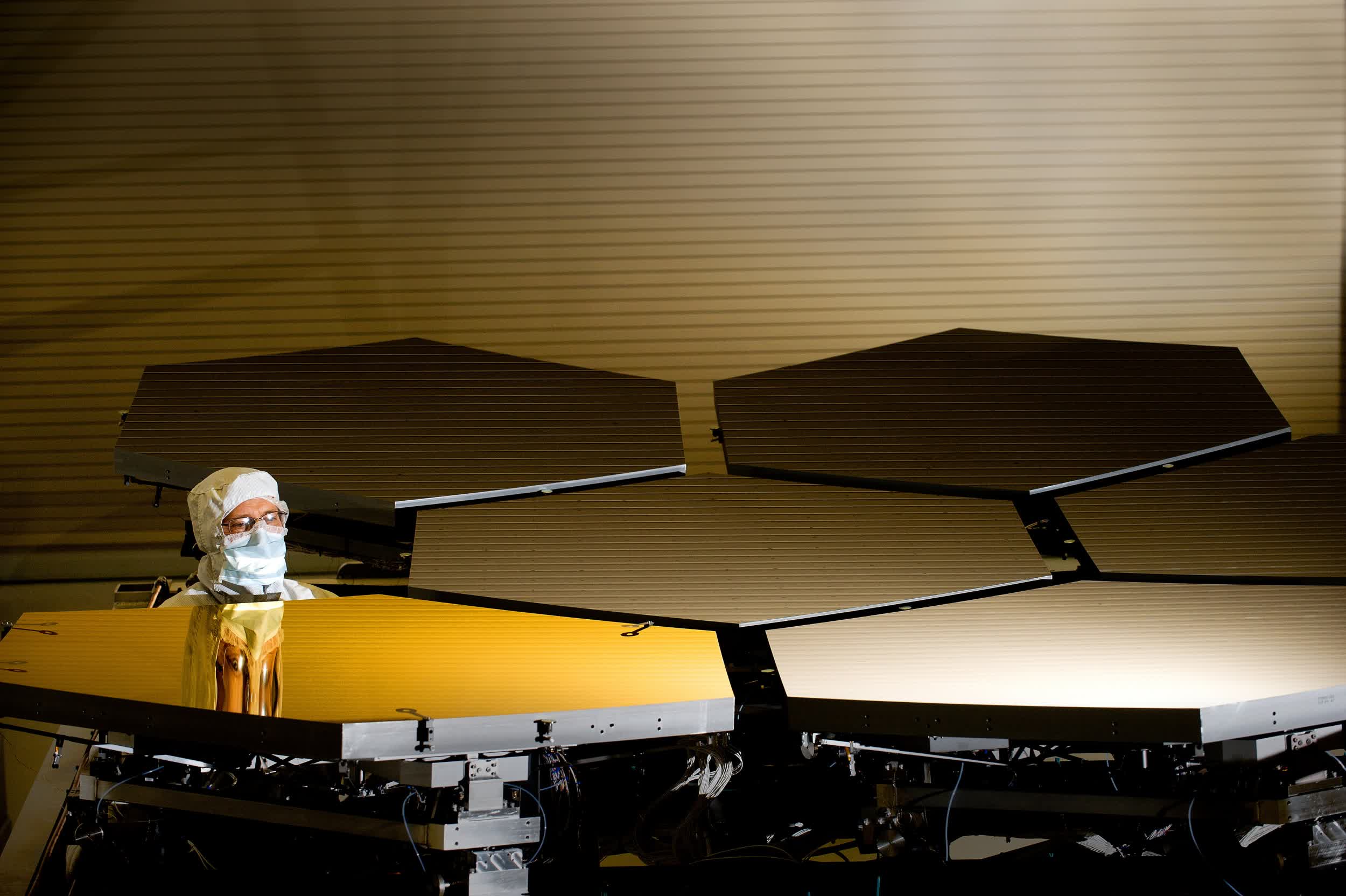What just happened? The process of aligning the telescope’s 18 primary mirror segments started this week, and within the last day, the team got to see the first photons of starlight that passed through the scope and were detected by the Near Infrared Camera (NIRCam) instrument – Webb’s primary image sensor.

NASA’s James Webb Space Telescope arrived at ground zero for its mission activities in late January following a month-long journey to the second Sun-Earth Lagrange point nearly a million miles from Earth.
Initial images from the James Webb Space Telescope will be unfocused. These will be used to slowly fine-tune the scope’s mirrors into alignment in order to create a single, sharp image.

We’re still at the very beginning of this process, but NASA said initial results match expectations and simulations. The team built a 1/6th scale model of the telescope to practice aligning the mirrors and are now ready for the real thing on Webb.
Despite lots of experience under their belt, the process will still take a while to complete as it’ll play out over seven phases during the next three months.
The steps in the commissioning process include segment image identification, segment alignment, image stacking, coarse phasing, fine phasing, telescope alignment over instrument fields of view and iterate alignment for final correction. NASA highlights the steps involved in each phase over on its blog should you want to learn more.
The first “pretty” images from Webb are expected later this summer.
https://www.techspot.com/news/93273-james-webb-team-starts-aligning-telescope-18-mirrors.html